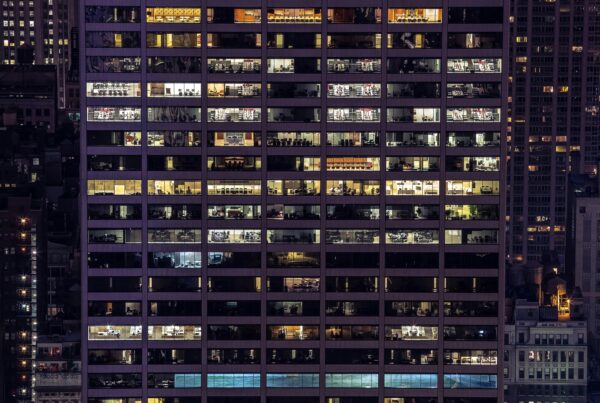2014 was a record year for building tall. A record number of 97 skyscrapers (those that tower 200 feet or taller) rose up last year. In China alone, some 44,000 feet of skyscrapers were built, a sure sign of progress.
But all that energetic construction can’t be good for the planet. Up to 40{e3829ec1db02d54faaf9fa2de0d48db26af01d7a7944a63c3b26976124791cab} are raw materials in building construction. Buildings still take a large chunk of the pie of energy consumption and total carbon dioxide emissions.
Thankfully, amid this mad dash to build tall and big and aplenty, builders make an effort to go green. Last year, the USGBC reported its milestone of 3 billion square feet of LEED-certified construction space ever since its inception. This 2015, green building hopefully becomes even more entrenched in our society’s collective consciousness. Here are six trends that we hope to see more of in green building.
1. Buildings that Address Climate Change.
Now that there’s no denying climate change anymore, green builders will be more hard-pressed to actively address this issue with green buildings that are really green in action, not just on paper. If in the past, the focus was on upping a building’s performance, now there’s also the need for resiliency. In the former, focus is on prevention of climate change, and in the latter, it’s the preparation for catastrophic results of climate change.
2. Urban Design that’s Walkable and Bikeable.
Car ownership continues to be on the decline, and more and more people are getting on their bikes in the name of health, the environment, and personal freedom. As such, our expectations for walk-friendly and bike-friendly cities are higher than ever. It’s not just the buildings that need green design, but the spaces around them as well.
3. Healthy Buildings.
These days we’re more informed about our health—we have health apps on our phones, we have wearables that track everything, we have a better understanding of a good healthy diet. So why not have healthy buildings too? Much has already been said about a building’s hidden but significant impacts on health. As LEED v4’s Materials + Resources credit intensifies its requirement for transparency, rest assured our built world will be a whole lot healthier to live in.
4. More Renewable Energy.
Energy efficiency is good, but the new gold standard that green buildings should aspire to is zero-net-energy. Even better would be net-positive-energy, where a building produces more energy than it can use, allowing it to send it to the grid instead. Both modes are still an elusive reality for most buildings, but hopefully solar cell technology improves in time. Big corps like Google, Yahoo, Apple, and Facebook have already led the way to using renewable energy—the inspiration should trickle down to big and small establishments alike.
5. Small is the New Big
Tiny houses has been an ongoing trend now for many years now, but this year we expect more people to adopt this minimalist way of dwelling. The advantages of these so-called micro-houses (houses with a living space of 120 sq. ft. or less) are numerous: cheap, low-maintenance, has a lower carbon footprint, easy to furnish, requires less clutter, fosters relationships, and many more. Hopefully, the tiny house movement grows big for the right reasons.
6. Internet of Things.
All sorts of awesome smartness is starting to pervade our buildings and home as well as out on the streets—from lighting fixtures to energy and temperature management systems to various other intelligent appliances. Of course, there’s the big challenge to making this interconnectivity secure and fool-proof. In light of recent and very damaging hacks to supposedly big and powerful institutions, data security is of utmost importance if we are to fully embrace the Internet of Things.












